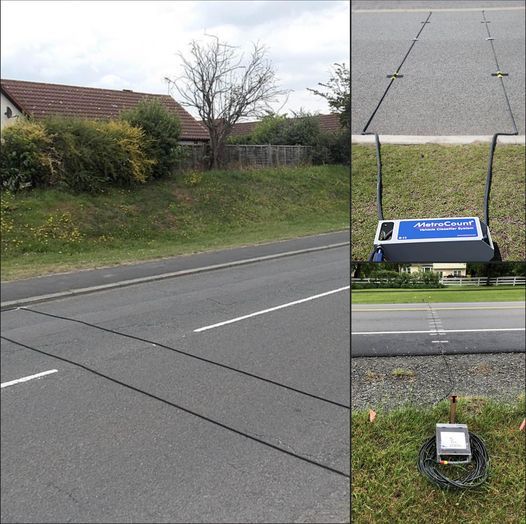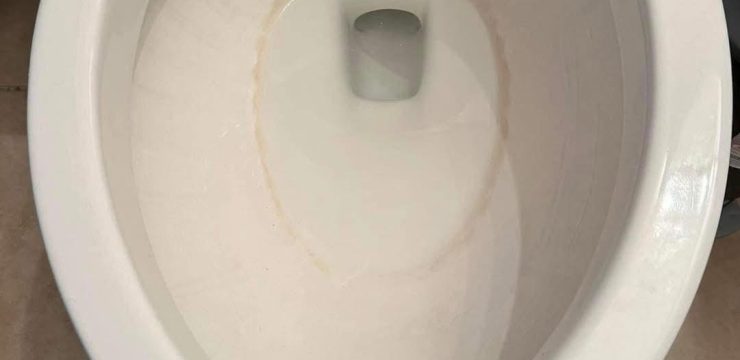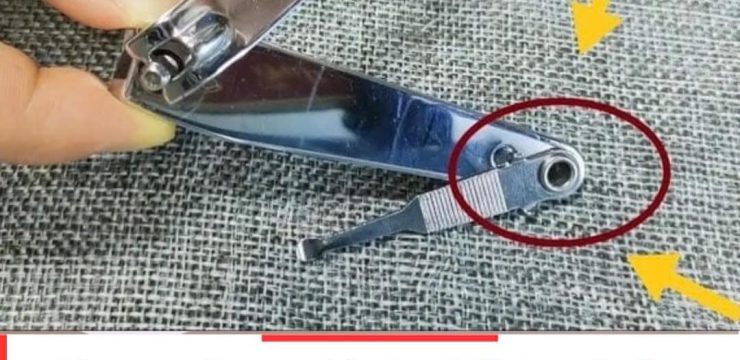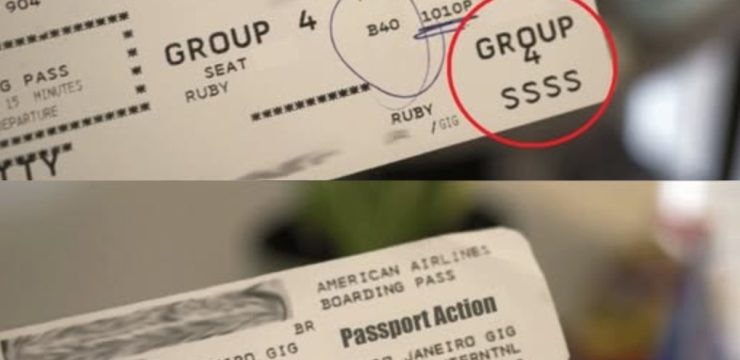The Secret Behind Those Mysterious Black Cables on the Road
As you drive along the streets and highways, you may have noticed some curious black cables stretched across the road. They may look like ordinary tubes, but they’re far from just random pieces of rubber. These seemingly simple devices play a crucial role in our transportation infrastructure, providing valuable data that helps shape the way we navigate our roads.

So, what exactly are these black cables, and why are they there? The answer lies in the world of traffic management and data collection. These cables are portable traffic counters placed by transportation authorities to gather critical information about road usage and traffic patterns. Across the state, more than 12,000 of these counters are working tirelessly, collecting data that fuels the planning and development of our road networks.
How Do These Black Cables Work?
The technology behind these inconspicuous rubber tubes is surprisingly simple yet highly effective. When a vehicle’s tires pass over the tube, it triggers a burst of air, which then sends an electrical signal to a counter device. This pneumatic system records the number of vehicles that cross the tube over a specific period. By analyzing the timing of these air bursts, transportation agencies can identify peak traffic congestion times and gain insights into traffic flow.
But the data doesn’t stop there. When two tubes are used together, they can provide even more detailed information. Paired tubes can measure not only the number of vehicles but also their speed, direction, and even the type of vehicle. This rich data is essential for making informed decisions about road signage, speed limits, and the allocation of transportation resources.
Beyond Just Counting Cars
While the primary purpose of these pneumatic road tubes is to count vehicles, their utility goes far beyond simple enumeration. These unassuming cables are multi-functional data collectors that play a vital role in improving our road infrastructure and ensuring smooth traffic flow.
According to the U.S. Department of Transportation, when a vehicle’s tires roll over the tube, the resulting air pressure triggers an air switch, which sends an electrical signal to a counter device. These tubes can be deployed temporarily or permanently, depending on the needs of the transportation agency. Temporary setups, which might only last a day, offer a quick snapshot of traffic patterns, while permanent installations provide continuous, detailed monitoring.
Transportation agencies place these black cables in strategic locations, usually on straight stretches of road with minimal interference, to ensure accurate data collection. Single-tube setups can capture basic information like vehicle counts and time gaps between vehicles. However, when two tubes are used in tandem, the system can delve deeper into traffic data, capturing details such as axle counts, vehicle speed, and travel direction.
These tubes are also used to address specific road management challenges. For example, if local residents raise concerns about speeding or shortcutting in their neighborhood, transportation agencies can deploy these tubes to collect data and verify the claims. The information gathered can then be used to inform transportation budgets and implement effective solutions.
The Bigger Picture
The next time you see those black cables stretched across the road, remember that they’re more than just random tubes. These instruments are the silent observers of our roads, capturing crucial data that guides the decisions shaping our transportation systems. As you drive over these cables, know that they’re helping to create safer, more efficient roadways for everyone.





